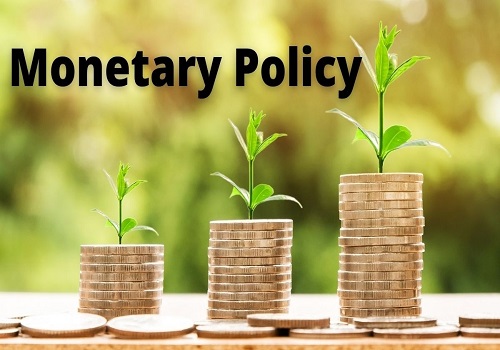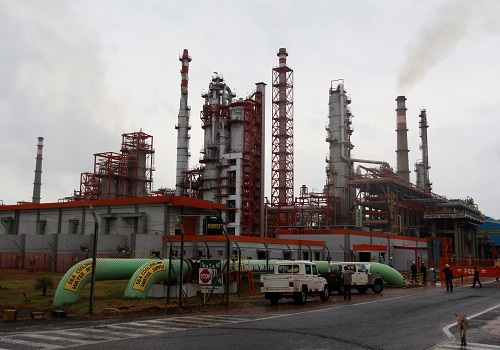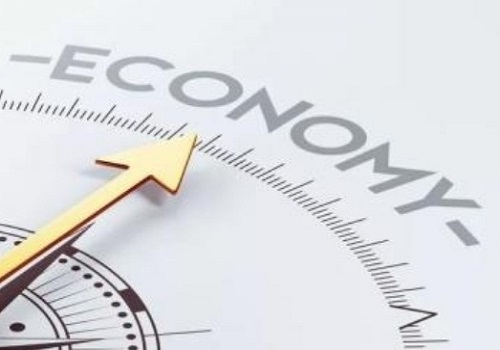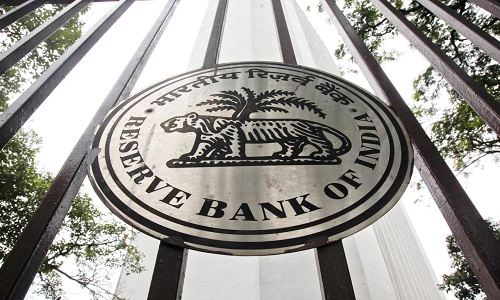Differing convictions in monetary policies

Follow us Now on Telegram ! Get daily 10 - 12 important updates on Business, Finance and Investment. Join our Telegram Channel
Minutes from the Feb RBI monetary policy committee (MPC) review reflected concern over inflation, owing to uncertain geopolitics, volatile crude prices, and weather-related events. Outside of food, inflation was seen at the risk of hardening further, requiring policymakers to take calibrated action. The two dissenting members see the need to pause and allow the lagged impact of policy actions to play out, citing emerging growth risks. A majority of the MPC is likely to vote for a 25bp hike in April with an unchanged stance, due to an elevated Jan inflation outturn, sticky core, and a likelihood that February inflation (out in mid-March) might also stay close to 6.3-6.5 per cent, before turning data dependent on the path ahead.
Overnight US Fed minutes also reaffirmed their tough stance on inflation, increasing the likelihood of a higher terminal rate. A hawkish RBI MPC stance will help counter the impact of any resultant jump in the US yields/ US dollar. That said, the policy preference is to keep the currency at competitive levels vs regionals.
The RBI mopped up net $3.8 billion in December 2022, after $4.4 billion in November 2022, which partly explains the INR's underperformance in late-2022 even as regional FX appreciated on a sliding US dollar. Concurrently, the outstanding forwards book has also risen to $10.96 billion from $0.2 billion in October, as intervention was conducted in spot as well as forwards and authorities remain keen to rebuild FX reserves. As a result, the INR REER slipped below 100 in January 2023, addressing valuation concerns vs key trading partners. In the near-term, with strong US data driving DXY higher, the RBI will seek to contain one-sided weakness in the rupee and keep intraday volatility in check.
Indonesia Rates: BI Governor to return for a second term
Indonesia's President has nominated the incumbent Bank Indonesia (BI) Governor Perry Warjiyo for a second term, after his current term ends in May. This decision bodes well for policy stability and continuity, as Governor Warjiyo enjoys the confidence of domestic as well as international markets. While possible on legal grounds, this decision breaks from norm as most past governors have usually served one term.
The ruling party's majority in the parliament will pave the way for the nomination to go through smoothly. Current Finance Minister Indrawati Mulyani was rumoured to be as one of the potential contenders for this position, besides BI's Senior Deputy Governor, among others. For now, the benchmark rate is likely to be left on hold in March, with any unexpected bouts of volatility in the rupiah likely to be met by intervention efforts. A sharp realignment in the Fed's terminal rate expectations might, nonetheless, bring precautionary hikes back in view.
( is Senior Economist at DBS Group Research)
Asia Rates: BOK unlikely to match Fed on 2023 hikes; Low 10 IndoGB yields
By Duncan Tan
Against rising short and long-term US rates, the front-end of Asia curves would be better anchored by Asia central banks' expected earlier end to hike cycles (relative to US). Long-term Asia rates would however follow rising US to a larger extent (higher beta). Therefore, we think low-beta rates markets like Singapore and Korea could steepen relative to US, because of a more anchored front-end.
IDR Rates
10Y IndoGB yields have been very well-anchored despite much higher 10Y UST yields and flattening in the pace of foreign bond inflows, largely because of the strength of domestic bond demand. With BI using monetary operations and sale of short-term bonds to push the front-end curve higher, so as to improve transmission and act as a buffer against increased Fed uncertainty, the risks are that domestic demand for long duration bonds could wane and 10Y IndoGB yields would eventually need to reprice higher to maintain its attractiveness relative to front-end rates.
KRW Rates
BOK kept its policy rate unchanged at 3.50 per cent. The growth outlook remains weak, but increased Fed uncertainty and recent pickup in inflation (Jan print) would preclude BOK from pivoting dovish. 1Y to 5Y KRW IRS rates have bounced 15-35bps in February, largely a one-to-one beta move to higher US rates. We think that ultimately, Korea's weak growth outlook would mean that BOK is unlikely to match the Fed on rate hikes in the coming months. Therefore, the recent retracement higher in KRW IRS would be a fade, either via receive outright or more preferably, against pay US rates (relative-value).
(Duncan Tan is Rates Strategist at DBS Group Research)
FX Daily: Fed has a more straightforward rate path than the ECB and BOE
By Philip Wee
Momentum is building for the DXY to extend its rise from 104 to 106. DXY appreciated 0.4 per cent to 104.5, its highest level since January 5. After the FOMC minutes, the market sees the Fed delivering 25 bps hikes at the following three FOMC meetings, bringing the Fed Funds Rate to 5.25-5.5 per cent by June. The new peak is in line with New York Fed President John Williams' projected 5-5.5 per cent range by the end of this year.
Williams said on Thursday that the prices might not fall as quickly as expected from solid demand in the US economy, persistent price pressures in the services sector, and ongoing supply chain issues. St Louis Fed President James Bullard wants the FFR higher at 5.375 per cent as soon as possible. Bullard and Cleveland Fed President Loretta Mester favoured a 50 bps hike to 5-5.25 per cent at the FOMC meeting on March 22. The market believes the Fed will lift this year's FFR target from the 5.1 per cent pencilled last December.
Hence, the data-dependent market will be vulnerable if today's US initial jobless claims fail again to rise to 200k for the February 18 week. Last week, claims fell to 194k for the February 11 week instead of rising to 200k from 195k (revised from 194k). However, it will be the Fed's favourite inflation gauge, the PCE deflator, tomorrow that will cement expectations for US rates to be higher for longer this year. Bloomberg consensus expects headline inflation to strengthen to 0.5 per cent MoM in January from 0.1 per cent in December and core inflation to 0.4 per cent from 0.3 per cent, in line with last week's CPI numbers.
GBP depreciated 0.5 per cent to 1.0246, back around Monday's close. Last week, UK CPI core inflation fell sharply to 5.8 per cent YoY in January; consensus had expected a decline to 6.2 per cent from 6.3 per cent in December. The outcome aligned with the Bank of England's assessment for inflation to fall rapidly this year. BOE Chief Economist Huw Pill warned of "overtightening" risks amidst signs of loosening in the labour market. Let's see if his hawkish colleague, Catherine Mann, also hints at slowing the pace of rate hikes to 25 bps at the Monetary Policy Committee meeting on March 23.
The BOE lifted the bank rate twice by 50 bps in December and February to 4 per cent. GBP/USD has been consolidating between 1.19 and 1.2450 since December. In the short term, it is wedged between 1.1930 (100-day moving average) and 1.2130 (20d MA).
EUR depreciated by 0.4 per cent to 1.06, back to levels in the first week of 2023. The European Central Bank may be on a collision path with markets on its rate hike path. ECB Governing Council Member Francois Villeroy De Galhau said that monetary policy was already restrictive, with rates at 2.5 per cent. At the last meeting on February 2, the ECB hiked the main refi rate and the deposit facility rate by 50 bps each to 3 per cent and 2.5 per cent, respectively.
The swap market is betting on the deposit rate rising to 3.75 per cent by September, more robust than the Bloomberg consensus for the refi rate to peak at 3.75 per cent in 2Q23. Villeroy warned that the ECB was not obliged to hike at every meeting to September. Between now and September, there are four ECB meetings. ECB member Pablo Hernandez de Cos will speak in parliament on Thursday.
























